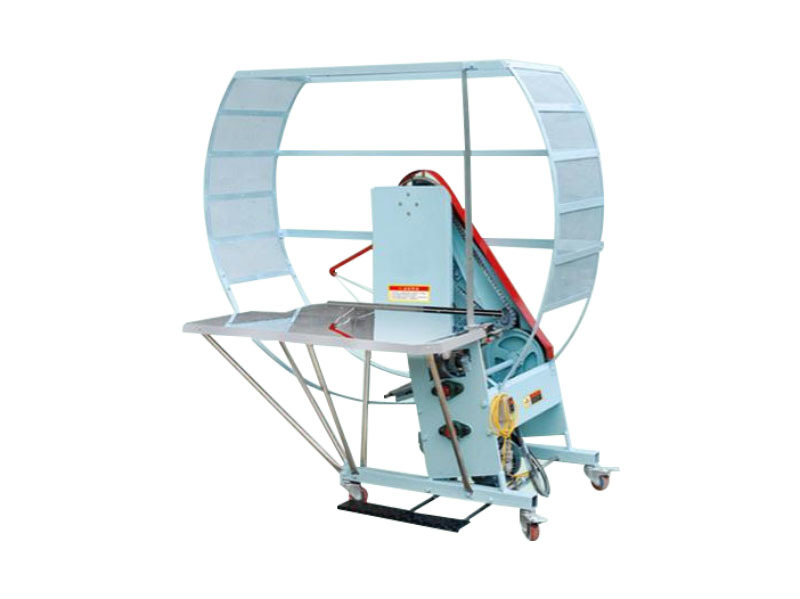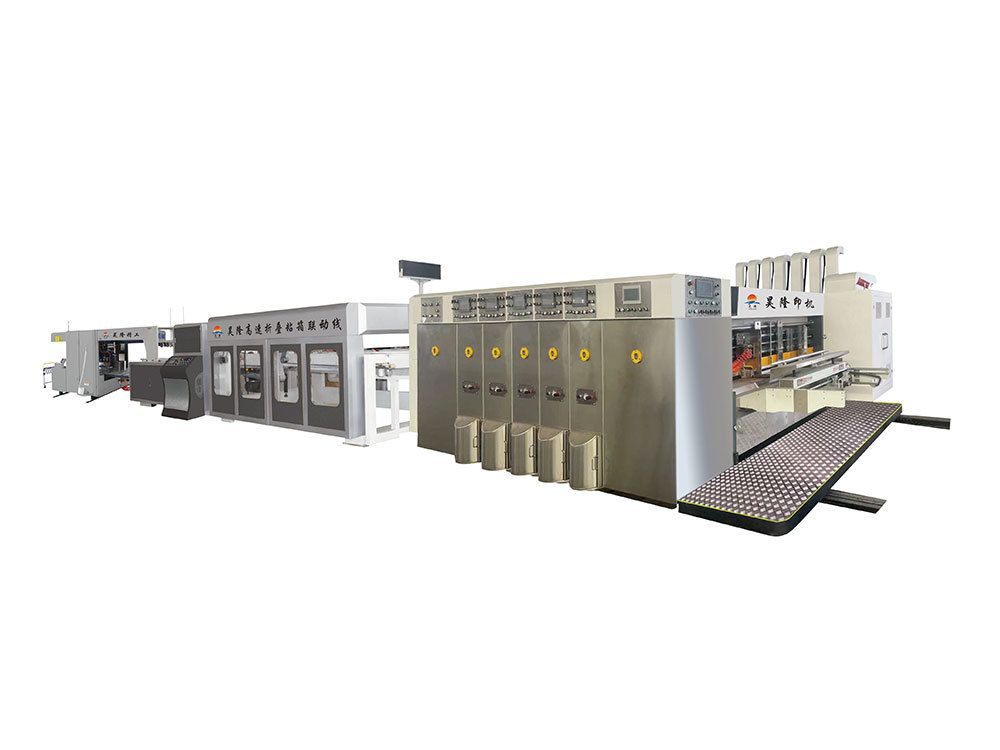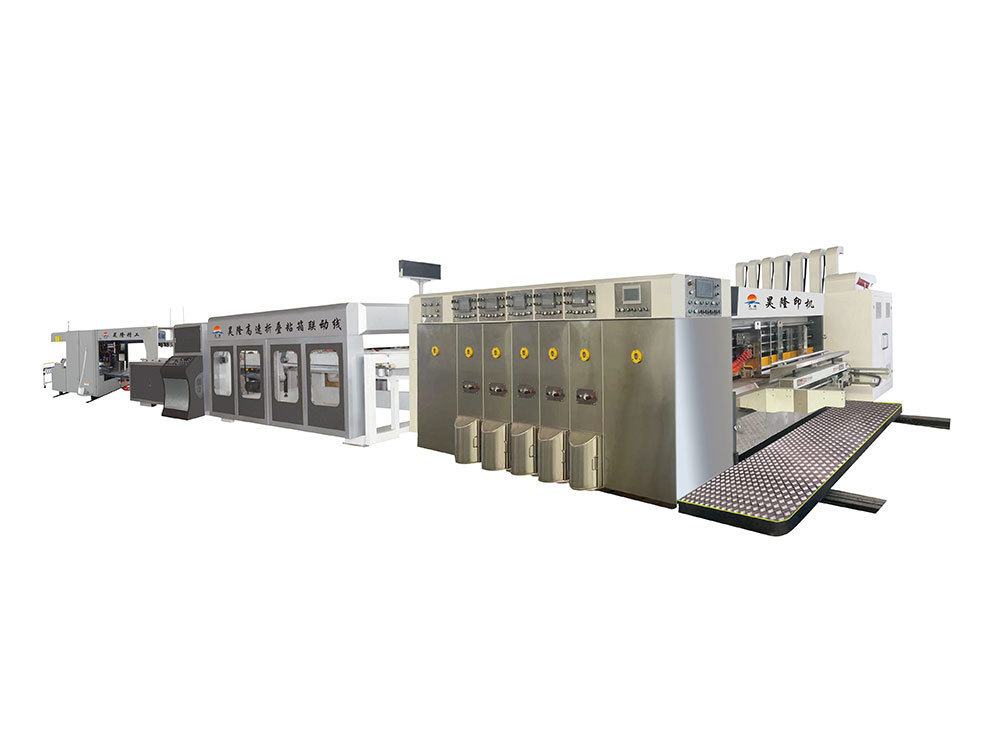Top Features to Look for in a High-Quality Flute Laminator Machine
Top Features to Look for in a High-Quality Flute Laminator Machine
Introduction: The Importance of a Flute Laminator in Paper Processing
In the competitive world of paper processing, the choice of machinery can significantly impact product quality and operational efficiency. Among the various types of machines, the flute laminator plays a crucial role in enhancing the strength and durability of paper products. As businesses strive to meet customer demands for quality and performance, investing in a high-quality flute laminator machine becomes essential. This article delves into the key features that set superior laminators apart from the rest, ensuring that you make an informed decision when selecting the right equipment for your manufacturing needs.
Understanding Flute Laminator Machines
What is a Flute Laminator Machine?
A flute laminator machine is designed to apply a layer of adhesive on paper surfaces, bonding them together to create a robust and aesthetically pleasing product. Typically used in the production of corrugated board and other paper-based materials, these machines enhance the structural integrity and visual appeal of finished products.
How Does a Flute Laminator Work?
The operation of a flute laminator involves several stages, including feeding, adhesive application, and pressing. The machine's rollers ensure even distribution of adhesive, while heat and pressure fuse the layers together. Understanding the mechanics behind these machines is vital for recognizing the features that contribute to their effectiveness.
Top Features to Consider When Choosing a Flute Laminator Machine
1. Build Quality and Durability
When investing in a flute laminator machine, the **build quality** is paramount. Machines constructed from high-grade materials such as stainless steel and durable composites tend to have a longer lifespan and require less maintenance. A sturdy frame minimizes vibrations during operation, resulting in more precise lamination.
2. Precision Adhesive Application
The ability to apply adhesive accurately is another critical feature. High-quality machines come equipped with advanced adhesive application systems that ensure even distribution, preventing wastage and ensuring optimal bonding. Look for machines that offer adjustable adhesive flow rates to accommodate different production needs.
3. Speed and Efficiency
In today’s fast-paced manufacturing environment, speed is essential. A high-quality flute laminator should offer a rapid processing speed without compromising on quality. Machines designed for efficiency typically feature advanced motors and automation technology, allowing for smoother operations and reduced downtime.
Maximizing Output with High-Speed Operations
Consider how the machine's speed translates to overall productivity. A laminator capable of processing large volumes of material quickly can significantly enhance your production line’s output, thereby improving profitability.
4. Versatility and Customization
Versatility is a hallmark of superior flute laminators. Machines that can handle various paper types and thicknesses provide greater flexibility in production. Look for models that offer customizable settings for different materials, enabling you to adapt to diverse customer requirements efficiently.
5. Ease of Operation and Maintenance
User-friendly controls and interfaces make a significant difference in the day-to-day operation of a laminator. Machines featuring intuitive touch screens and programmable settings can simplify the process for operators. Additionally, consider the ease of maintenance; machines designed for quick access to critical components can reduce downtime and service costs.
Regular Maintenance Checks
Implementing a scheduled maintenance plan is vital. Opt for machines that include diagnostic features to alert operators to potential issues before they escalate, ensuring consistent performance.
6. Energy Efficiency
As sustainability becomes a priority for many businesses, energy efficiency is an essential feature to consider. High-quality flute laminators often incorporate energy-saving technologies that reduce power consumption during operation. Look for machines with eco-friendly certifications and those that utilize energy-efficient motors.
7. Safety Features
Safety should never be overlooked when selecting a laminator. Machines equipped with safety guards, emergency stop buttons, and sensors that detect operator presence can help prevent accidents. Ensure that the laminator complies with relevant industry safety standards.
8. Quality of Final Output
Ultimately, the quality of the laminated product is what matters most. High-quality flute laminators produce products with consistent adhesion, smooth finishes, and excellent durability. Conduct tests on sample outputs to evaluate the machine’s performance before making a purchase decision.
Comparing Different Brands and Models
Brand Reputation and Reviews
When choosing a flute laminator machine, brand reputation can be an indicator of quality. Research manufacturers and read customer reviews to gain insights into their reliability and performance. Established brands often provide warranties and customer support, adding an extra layer of confidence to your investment.
Cost Considerations
While high-quality machines may carry a higher initial investment, consider the long-term benefits they provide. Calculate potential savings from reduced maintenance, lower energy consumption, and improved productivity. It's often worth investing in a reliable machine that enhances your operational capabilities.
FAQs About Flute Laminator Machines
1. What materials can be processed with a flute laminator machine?
Flute laminators are designed to handle various paper types, including corrugated cardboard, coated papers, and specialty papers. The versatility of these machines allows manufacturers to produce a wide range of products.
2. How do I maintain my flute laminator machine?
Regular maintenance involves checking components for wear, cleaning adhesive residue, and ensuring that all moving parts are lubricated. Following the manufacturer's maintenance guidelines will help prolong the machine's lifespan.
3. Can I use different types of adhesives with my laminator?
Yes, many high-quality flute laminators allow for the use of various adhesives. However, it's crucial to consult the manufacturer’s recommendations to ensure compatibility and optimal bonding results.
4. What is the average lifespan of a flute laminator machine?
The lifespan of a flute laminator can vary depending on usage and maintenance but generally ranges from 10 to 15 years with proper care.
5. Are there any training requirements for operating a flute laminator machine?
While many machines are designed for user-friendliness, operators should receive training on specific controls, safety protocols, and maintenance procedures to ensure efficient and safe operation.
Conclusion: Making the Right Choice for Your Business
Selecting the right flute laminator machine is a critical decision that can influence the success of your paper processing operations. By considering features such as build quality, adhesive application precision, efficiency, and safety, you can identify a machine that meets your specific needs. Investing in a high-quality laminator not only enhances product quality but also boosts productivity and profitability in the long run. Take the time to evaluate your options and choose a machine that aligns with your operational goals, ensuring that your business remains competitive in the ever-evolving paper processing industry.
TAG:
Related Posts
Unlocking Efficiency in Packaging: The Role of Folder Gluers
In the realm of manufacturing and processing machinery, particularly within the packaging machinery sector, folder gluers play a pivotal role. These machines are designed specifically for the efficient assembly of folding cartons, which are widely used in various industries, from food and beverage to pharmaceuticals. Understanding the functionality and benefits of folder gluers can significantly i











